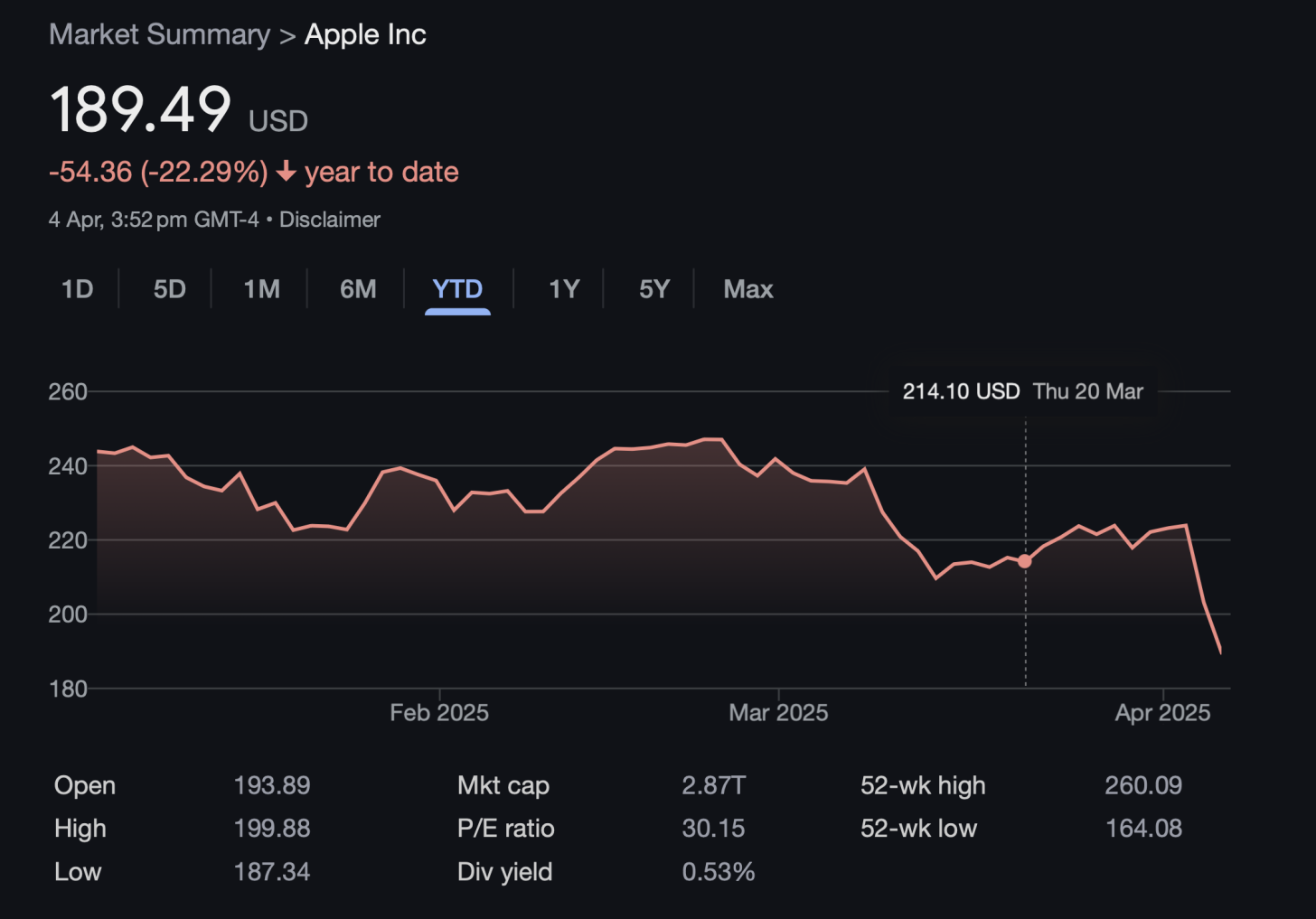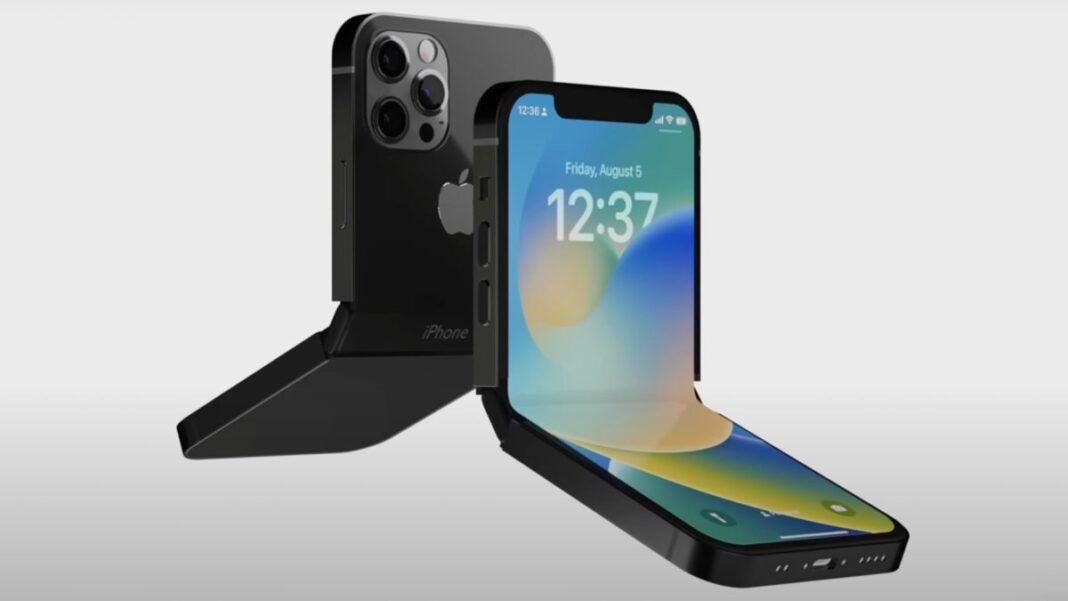## Apple’s Game Changer: Are We Saying Goodbye to the iPhone Release Cycle as We Know It?
For years, the tech world has lived by the Apple calendar. September’s arrival meant one thing: a new iPhone, sleek and shiny, ready to revolutionize (again) the way we live. But whispers in Cupertino have turned into a deafening roar: the iPhone release cycle, a meticulously crafted ritual, is about to undergo a radical transformation.

Design Overhaul and New Features

Apple is planning to revise the release cycle of its flagship iPhone models, segregating the ‘Pro’ models from the standard ones. The more expensive iPhone 18 Pro models will be released in the fall, while the slightly less expensive standard variants will see daylight in the Spring. The change is expected to take place next year with the launch of the iPhone 18 Pro models.
Apple is breaking tradition by launching Foldable and iPhone 18 Pro models in Fall 2026, with standard models delayed until Spring 2027. According to The Information, Apple is aiming to switch its approach from releasing all of its iPhone models at once. The change also includes the foldable iPhones, which will be upgraded alongside the ‘Pro’ models, while the standard variants will be introduced in the Spring alongside the affordable ‘e’ variant of the iPhone.
For instance, next year, Apple will launch the iPhone 18 Pro models and the iPhone Fold in the fall, while the standard iPhone 18 and iPhone 18 Air will be released in the Springtime a few months later in 2027. Apple has introduced a new budget variant of the iPhone, and another foldable version is in the works for next year. The company will not announce a plethora of iPhones at once, which is making it choose different launch time frames for each segment.
To be fair, there are only two segments at this stage: all iPhone models with a price tag of $999 or more will be launched in the second half, and all models below the mark will be released in the first half. After the foldable iPhone sees daylight, Apple will have six models of the iPhone in its hand, and it will not be able to launch them all at once.
For your ease, the iPhone 18 Pro, iPhone 18 Pro, iPhone 18 Air, and the iPhone Fold will be made available in September, and the standard iPhone 18 and iPhone 18e will be released in the spring of the following year. It was also reported that the company will opt to manufacture premium iPhone models in China due to the country’s expertise and advanced manufacturing facilities. This means that the cheaper versions of the iPhone models will be manufactured in India, allowing the company to reduce its dependency on Chinese manufacturing following massive import taxes imposed by the Trump administration.

What does this mean for user experience and the future of iPhone design?
The new design overhaul and release cycle strategy will significantly impact the user experience of iPhone users. As the ‘Pro’ models will be released earlier, users who are willing to pay a premium for the latest technology will have access to new features and designs sooner. On the other hand, standard variants will be released later, which means that users who prefer more affordable options will have to wait longer to get their hands on the latest iPhone.
Analysis of Apple’s strategy to differentiate premium and standard iPhone models
Apple’s decision to differentiate premium and standard iPhone models is a clear attempt to create a distinction between the two segments. By releasing ‘Pro’ models earlier, Apple aims to create a sense of exclusivity and premium quality, which will likely appeal to users who are willing to pay a premium for the latest technology. At the same time, the standard variants will be released later, which means that users who prefer more affordable options will have to wait longer to get their hands on the latest iPhone.
Global Trade Tensions and Their Impact on Apple
Global trade tensions have been a major concern for Apple, as the company relies heavily on China and India for its manufacturing operations. The recent tariffs imposed by the Trump administration on Chinese imports have led to a significant increase in the cost of production for Apple, which has had a negative impact on the company’s stock price.
According to reports, Apple’s stock price has shed over $250 billion in market value in the past few days, as investors re-calibrated their expectations about the firm’s revenue in the wake of higher costs for its US iPhone sales. The company’s latest smartphones are manufactured in China primarily by its main contract manufacturing partner, Taiwan’s Hon Hai Industrial, or Foxconn. Tariffs on China threaten Apple’s iPhone imports in the US, as they complicate the firm’s global supply chain model.
Amidst this turmoil, a report from the Brazilian publication Exame claims that Apple is considering expanding its production in Brazil. The move is purportedly motivated by lower tariffs on Brazilian exports to the US, which would allow Apple to reduce its dependency on Chinese manufacturing. The company already manufactures the base version of the iPhone 16 in Brazil, and the move could potentially provide a reprieve for the company’s stock price.
How will this impact Apple’s manufacturing operations?
The shift in manufacturing operations from China to Brazil could have significant implications for Apple’s supply chain and manufacturing operations. The company would need to establish a new manufacturing facility in Brazil, which would require significant investments in infrastructure and labor. Additionally, the company would need to adjust its supply chain logistics to accommodate the new manufacturing facility, which could lead to disruptions in production and delivery times.
What are the implications for Apple’s business?
The impact of global trade tensions on Apple’s business is significant. The company’s reliance on China and India for its manufacturing operations makes it vulnerable to changes in trade policies and tariffs. The recent tariffs imposed by the Trump administration on Chinese imports have already had a negative impact on Apple’s stock price, and the company’s decision to expand its production in Brazil could potentially mitigate some of the risks associated with global trade tensions.
What This Means for Consumers and the Tech Industry
The new release cycle and manufacturing strategy could have significant implications for consumers and the tech industry. As the ‘Pro’ models will be released earlier, consumers who are willing to pay a premium for the latest technology will have access to new features and designs sooner. On the other hand, standard variants will be released later, which means that consumers who prefer more affordable options will have to wait longer to get their hands on the latest iPhone.
The tech industry is expected to evolve significantly in the coming years, with advancements in artificial intelligence, machine learning, and the Internet of Things (IoT). As the industry continues to evolve, consumers will have access to a wider range of products and services, and the competition for market share will continue to intensify.
What are the implications for Apple’s position in the tech industry?
Apple’s decision to differentiate premium and standard iPhone models is a clear attempt to maintain its position as a leader in the tech industry. By releasing ‘Pro’ models earlier, Apple aims to create a sense of exclusivity and premium quality, which will likely appeal to users who are willing to pay a premium for the latest technology. At the same time, the standard variants will be released later, which means that users who prefer more affordable options will have to wait longer to get their hands on the latest iPhone.
What are the implications for the tech industry?
The tech industry is expected to evolve significantly in the coming years, with advancements in artificial intelligence, machine learning, and the Internet of Things (IoT). As the industry continues to evolve, consumers will have access to a wider range of products and services, and the competition for market share will continue to intensify. The implications for the tech industry are significant, as companies will need to adapt to changes in consumer behavior and preferences, and invest in research and development to stay ahead of the competition.
Conclusion
The Future of iPhone Release Cycle: A Paradigm Shift
In our recent article, we delved into the shocking revamp of Apple’s iPhone release cycle, a move that has left tech enthusiasts and industry analysts alike in a state of awe. The key points of this transformation include the introduction of a new, more frequent update cycle, which will see the iPhone undergo a major overhaul every 18 months, as opposed to the traditional 2-3 year cycle. This change is set to revolutionize the way Apple approaches software and hardware updates, allowing for more seamless integration and timely feature rollouts. Moreover, the company’s shift towards a more agile development process will enable it to better respond to evolving market trends and customer needs.
The significance of this revamp cannot be overstated, as it has far-reaching implications for Apple’s competitive landscape, revenue streams, and customer relationships. By embracing a more dynamic release cycle, Apple is poised to regain its position as a market leader, while also setting a new standard for the tech industry as a whole. As consumers, this development means that they can look forward to more innovative features, better performance, and enhanced user experiences. Furthermore, the potential for Apple to create new business models and revenue streams is vast, offering a wealth of opportunities for growth and innovation.
As we look to the future, one thing is clear: the iPhone release cycle has entered a new era of rapid evolution and transformation. With Apple at the forefront of this revolution, we can expect to see exciting developments in the months and years to come. The question on everyone’s mind is: what’s next? Will other major players in the tech industry follow suit, or will Apple’s bold move prove to be a game-changer? One thing is certain – the future of smartphones has never looked brighter, and we can’t wait to see what’s in store. The future of innovation is now, and it starts with the iPhone.
